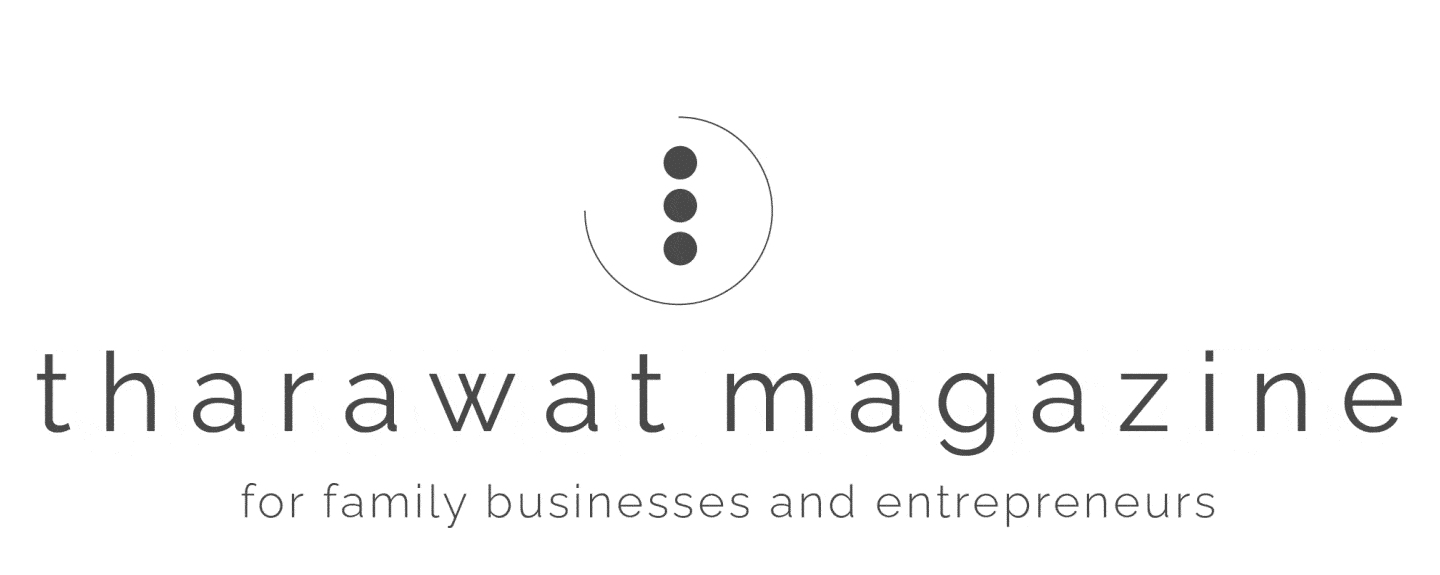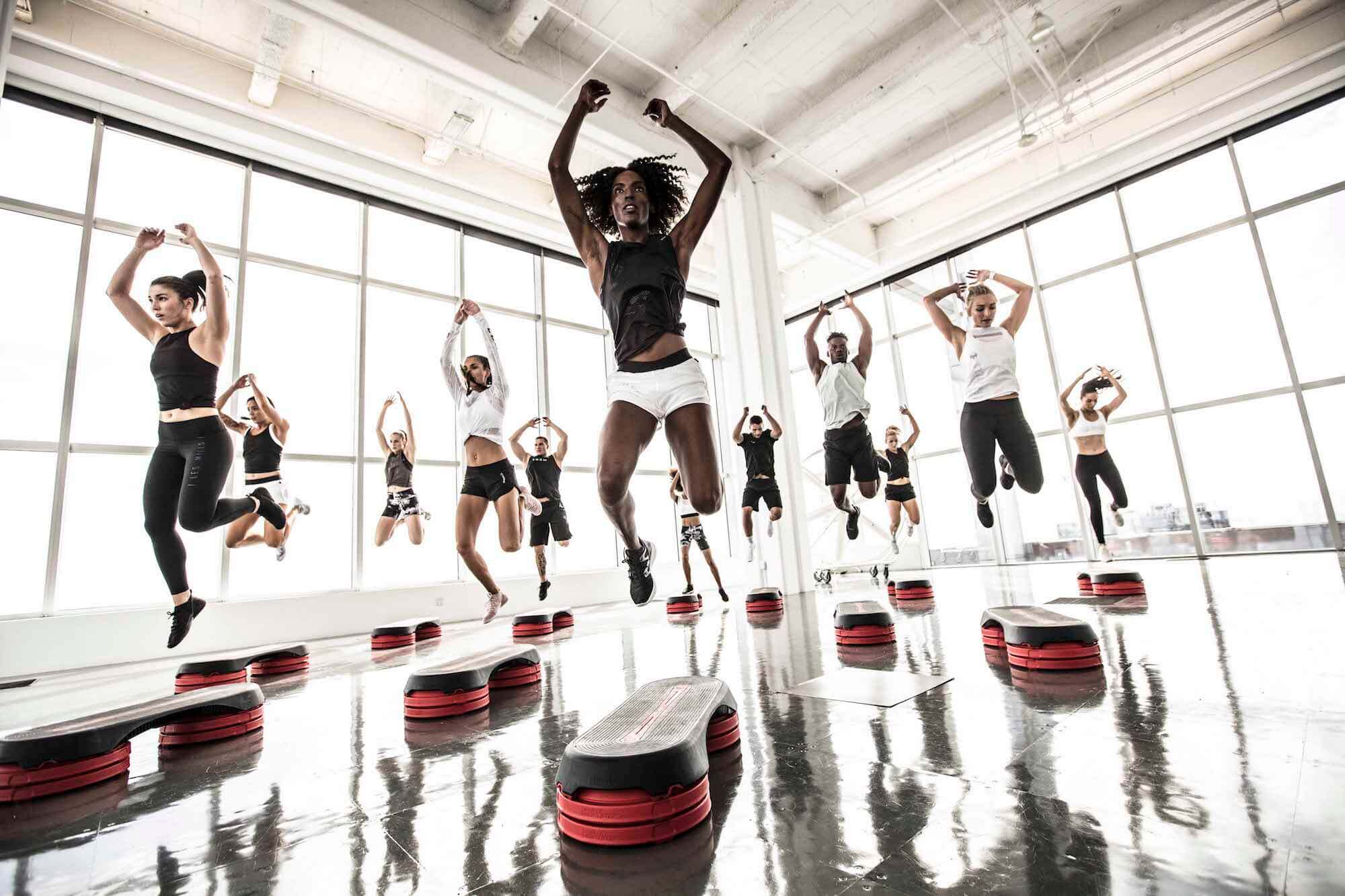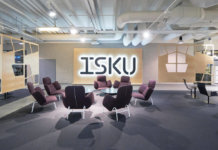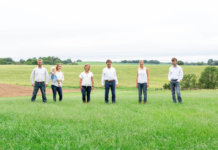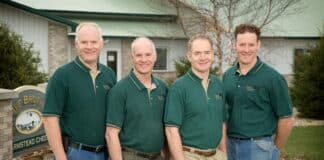Understanding the transformative power of group fitness helped Phillip Mills, the Managing Director of Les Mills, grow his family’s New Zealand-based gym business across oceans. The determination to share his passion with the world has made Les Mills-branded classes some of the most widely distributed, available in over 100 countries. Blending audio-visual elements with innovative technology, Les Mills creates a singularly motivational fitness experience.
Phillip’s father, Les Mills Sr, the company’s founder and four-time Olympic track athlete, opened the first gym in 1968. Since then, the company has overcome its share of challenges.
Through the late 80s and early 90s, Phillip and his wife, Jackie, saved Les Mills from liquidation during a period of economic hardship while simultaneously raising a young family. Their children, Diana and Les, now play an important creative role in the business. Together, they are continuing an entrepreneurial journey that began 50 years ago revolutionising the global fitness industry along the way.
In an interview with Tharawat Magazine, Phillip discussed the challenges he faced as a young entrepreneur and father, the real reason people go to the gym and the family’s philosophy that correlates a healthy body to a healthy planet.
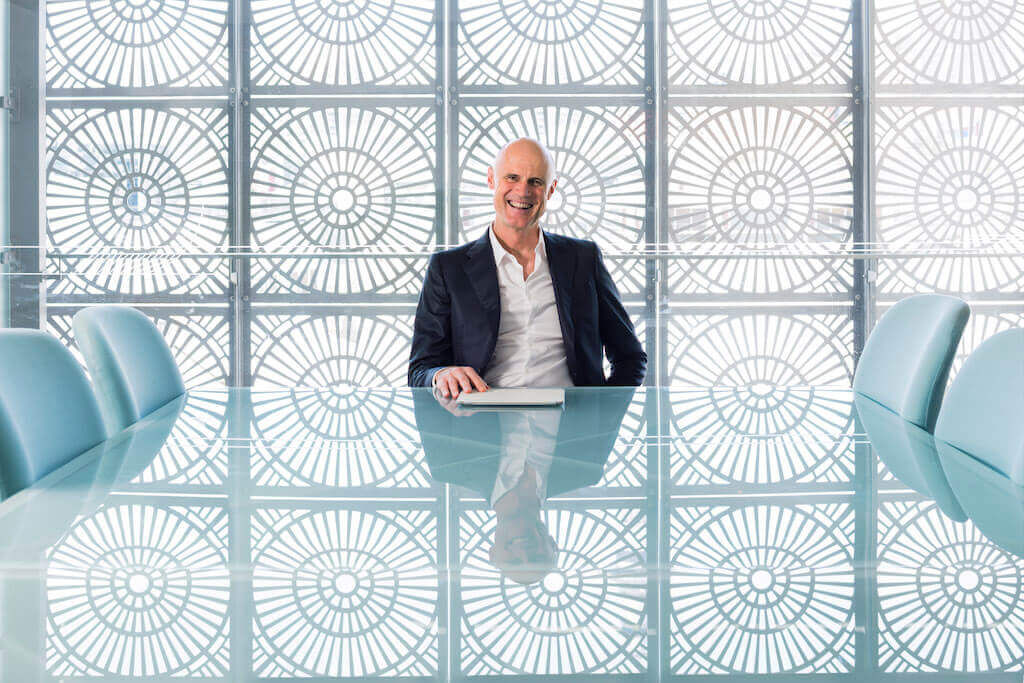
Tell us about your journey with Les Mills. What made you decide to enter the fitness industry?
Both my parents were track and field athletes. My father competed in four Olympic Games. After his career as a competitive athlete, he became New Zealand’s national track and field coach through the 60s and 70s.
In 1968, my parents opened a public gym – I was only 13 at the time. After school, I worked there cleaning the locker rooms and doing other odd jobs. It was a small business and remained that way until the fitness industry started to grow rapidly in the US. An itinerant entrepreneur, my father had other businesses besides, but sports were his passion.
We had spent a lot of our lives in the US. When I was young, my father did an undergraduate degree there, and I went back to California for four years from 1974 to 78 on a track scholarship at UCLA. I saw the birth of the modern fitness industry – group exercise classes were becoming enormously popular. Off the back of this trend, my father opened a much bigger gym in New Zealand, and I began group classes there in 1980. Before this, I had spent time managing my brother- in-law’s rock band in LA. It was an exciting first job out of university but in an extraordinarily unhealthy industry. This experience made me realise my passion for fitness.
The classes were a significant factor in the club’s expansion. Eventually, we were able to open a chain of gyms around New Zealand, internationalising with an Australian location in 1981. I started standardising and licensing our group classes, establishing a presence in other gyms and also community centres throughout New Zealand and Australia.
In 1984, we went public in New Zealand, and three years later, my parents sold the majority share just one month before the global share market crashed. It was a devastating period economically. With the help of bank loans, I bought our gym business back in pieces from late 87 through to 1990. It was incredibly stressful – trying to claw my way back up with a young family. Jackie, my wife, is a doctor and has always been a big part of the Group Fitness Organisation. At that time, however, she was in the process of finishing her medical degree and working long hours in hospitals. We were living paycheque-to-paycheque for a while. Finally, the situation improved, and by 1993, I had built a viable business producing reasonable profits.
Emboldened by success, I launched a couple of other businesses which didn’t do well and lost a lot of money. It was then that I decided to return to the international licensing business. I was lucky to find an agent who wanted to represent me in Australia, and we went into a 50/50 partnership. Our venture was a success, and I decided it was a good business model for rolling out classes in other international markets.
In 1990, right in the middle of that stressful period, Jackie and I developed BODYPUMP, which is now one of the most widely distributed branded classes in the world. We kept it and some other courses we had designed in the back of our minds in case we ever wanted to expand the licensing business. With the knowledge that an independent distributor model was an excellent way to roll them out quickly, I went in search of distributors around the world. I found many. Some did a good job – some did not.
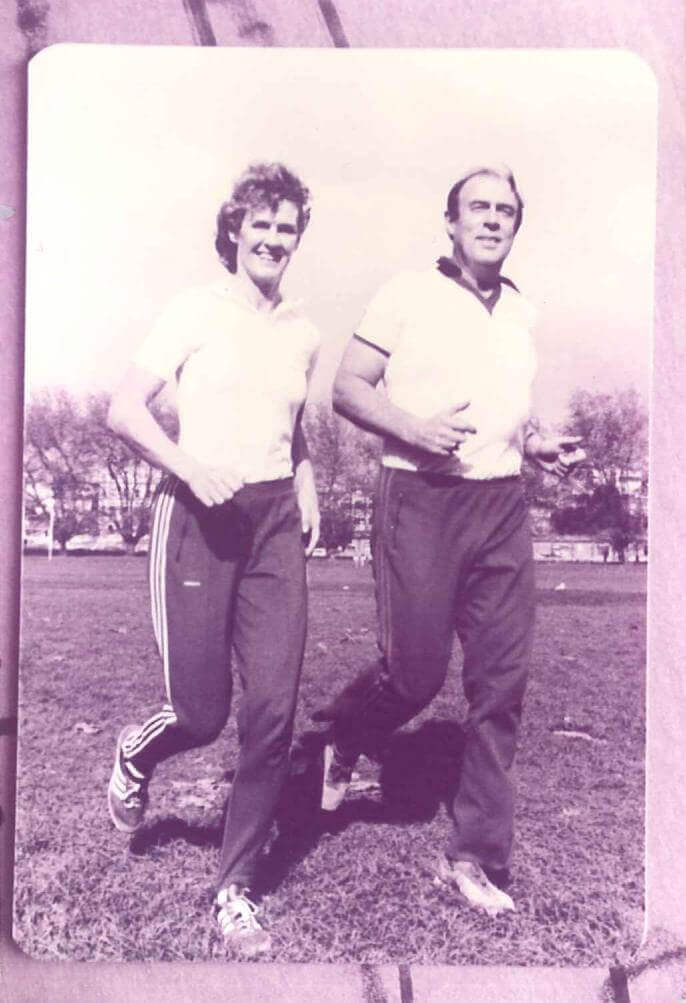
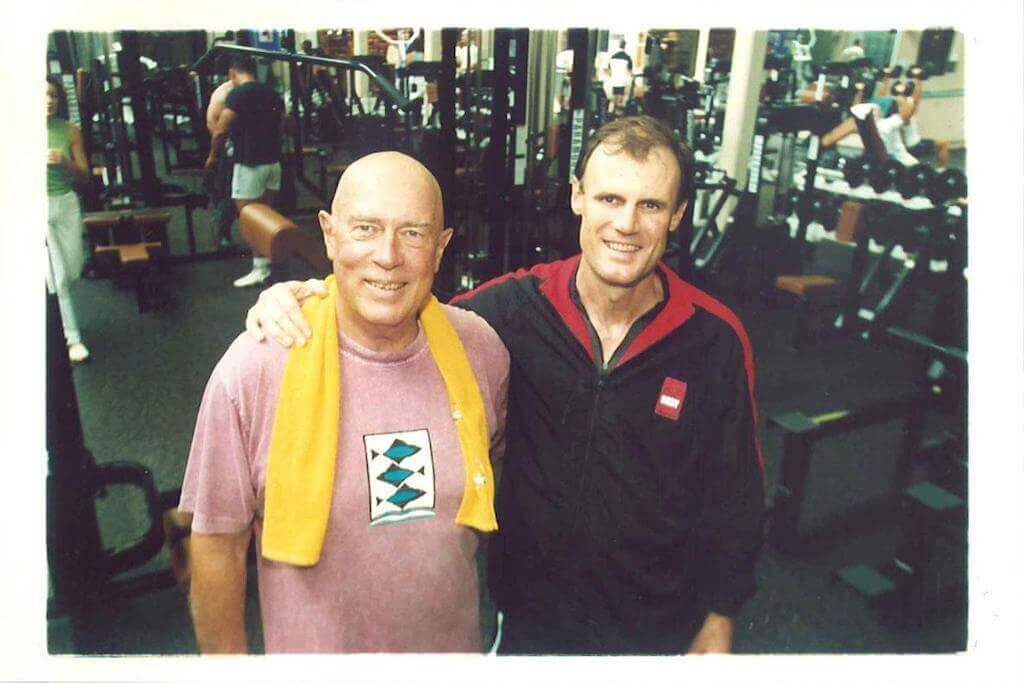
What were your criteria for finding the right distributors?
Initially, I went to trade associations and fitness conventions. I talked to people who ran equipment companies, fitness education companies and fitness organisations. I also approached a few gym chains, which turned out to be a mistake because they didn’t want to license their courses to the competition, and the competition didn’t want to buy from them.
Some of the distributors that seemed like logical choices ended up doing well, but many of them didn’t. It was almost impossible to predict. For instance, Christophe Andanson, a French Olympic wrestler, ran a small gym in Paris. He was passionate about group fitness and had even made some French fitness infomercials. At that time, we had no presence in the region, so we decided to go with him. Now, he runs 39 countries for us. Out of all the independent distributors we met, Christophe Andanson seemed like he might be one of the least likely to succeed. Before going into business with him, we had no way of gauging his skills as an entrepreneur and leader, which, of course, are considerable.
We’ve actually repurchased the licensing rights from many of our independent distributors over the years. It’s a reasonably well-known practice: small companies expand internationally through selling a product to independent distributors only to buy the product back from them later. We’ve been doing that since 2003 and have been running our own distributors for 15 years now. Just a few of our distributors remain independent – they tend to be the best of them.
With such an international presence, where do you operate from today?
Our head office remains in New Zealand, and we have regional offices around the world in the countries where we own distribution rights. Our master trainers, who train the teachers, and our sales team travel extensively.
[ms-protect-content id=”4069,4129″]
The fitness industry has changed considerably since your parents opened their first gym. How do you continue to innovate?
The industry is huge now. In industrialised countries, adults spend more time in the gym than they do playing all other sports combined, which is a remarkable statistic. Through the 80s and 90s, the industry grew significantly, and it’s still growing. In some countries, like China, it’s just taking off now.
The fitness industry became more competitive as it grew, and starting around 15 years ago, it fragmented into many different segments. Low-cost fitness was extremely disruptive to the traditional club model. The latest trend impacting the industry is boutique fitness: a proliferation of boot camps, cross-fits and inexpensive local clubs around the world.
Innovation is an interesting question. Ostensibly, people join gyms to get fit, lose weight, feel better and get healthy. However, they could achieve these goals in their own homes if they really wanted to, so the impetus lies elsewhere. The actual reason is motivation. The gym industry is as much about motivation as it is about exercise. There are many ways to make a gym a motivational place: building experiential spaces, having great staff who establish relationships and creating high- stimulation environments are just some. Group exercise is a combination of these factors. You have music. You have teachers motivating you, and you have fun ways to work out. There is crowd energy and community – all of these things motivate people to exercise.
We’ve been building our programs with these factors in mind for more than 20 years, and it’s been over 38 years since we launched our first group exercise classes.
We are always looking to develop new types of classes. People enjoy riding bikes, lifting weights, dancing, punching and kicking – when you incorporate these things in a group exercise format, it makes it more fun and encourages people.
In total, we have 23 branded programmes now, of which five are for children. Some of these programmes are also available in the home, as part of Les Mills On Demand, which brings some of the motivational elements from the gym to those who don’t have access to a workout facility. Jackie and I lead a terrific creative team who develop programmes to cover all genres of exercise. Two of our top creative directors are our children, Diana and Les.
We never pressured our children or expected them to go into the fitness industry. It just turned out that they were really good at it. They’re very bright, and fitness is in their blood. Our family is a meritocracy. We’ve given our children training, every opportunity and our full attention; they’ve proven themselves fit for a management role in the company.
Les, our son, is the creative force behind ‘The Trip’, which is likely the most cutting-edge fitness class in the world right now. It’s a cycling class that uses computer-generated graphics to create a completely immersive experience. It’s like being inside a video game. Diana has also created many classes of her own.
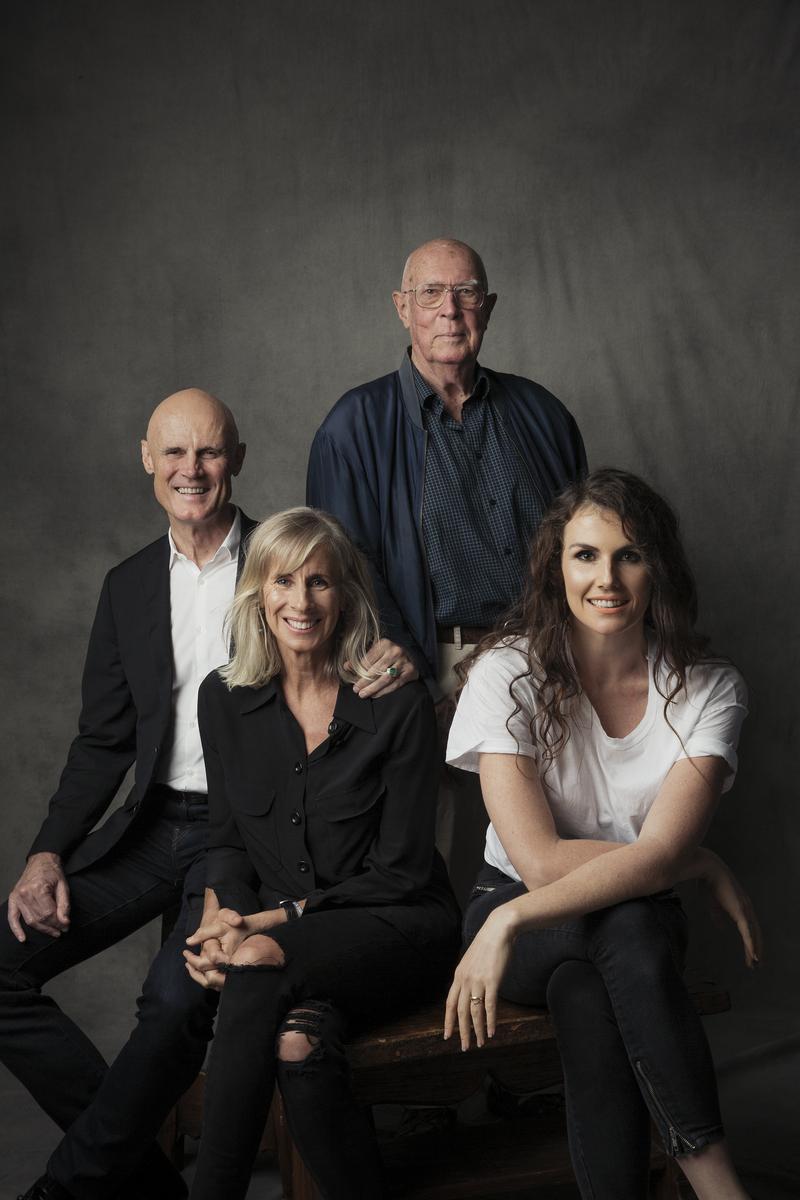
What motivates you?
My goal has always been more than just giving people another way to lift weights or ride exercise bikes. Right now, we’re focused on engaging the millennial and post-millennial generations. We want to continue contributing to the industry and its success in the marketplace as a whole. Besides this, we’re dedicated to social responsibility. Our involvement with organic foods dates back to the 80s, and we also champion environmental causes. Jackie and I wrote a book in 2007 that makes the correlation between healthy bodies and a healthy planet, and personal fitness to environmental fitness.
This relationship is integral to Les Mills’ DNA. It’s something that motivates us and many of our employees, and I think it’s also one of the reasons for our success as a business.
[/ms-protect-content]
